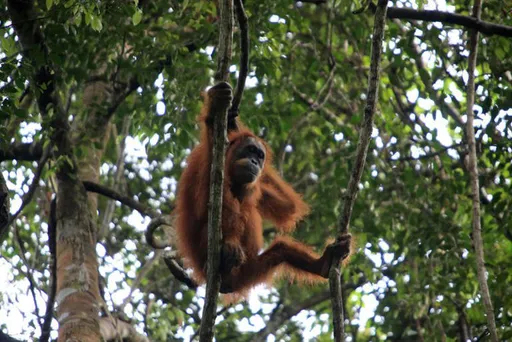No new border clashes were reported on the border of Armenia and Azerbaijan after several days of deadly clashes raised fears of a major flare-up.
At least 16 people from both sides were killed in three days of fighting that started in Tavush on Sunday between the ex-Soviet republics, which have been locked for decades in a conflict over Azerbaijan's separatist region of Nagorno-Karabakh.
Armenian Defence Ministry spokeswoman Sushan Stepanyan said on Wednesday that the situation on the border was "calm overnight," while the Foreign Ministry in Yerevan said clashes had ended around midnight.
Azerbaijan's Defence Ministry also said that "military action halted at midnight."
Both sides have held each other responsible for the latest flare-up in violence.
READ MORE:Armenia, Azerbaijan trade accusations after border clashes
World nations call for ceasefire
Eleven Azerbaijan troops and one civilian were killed in Tuesday's clashes, as well as four Armenian troops, according to the two countries.
Baton-wielding riot police arrested dozens of people who broke into Azerbaijan's parliament on Wednesday after marching through the capital Baku to show solidarity with the army following the Tavush border clashes.
Thousands of people took part in the march in Baku and there were demonstrations in other cities despite coronavirus restrictions which ban large gatherings in the South Caucasus country.
Demonstrators entered the parliament building in Baku as emotions intensified after the march. Their action did not appear to be intended as a protest against the authorities.
The fighting had prompted calls for an immediate ceasefire from the United States, European Union and regional power broker Russia.
Internationally mediated peace talks between the two Caucasus nations have so far failed to bring about a solution to the territorial dispute.
Locked in conflict
The two neighbours in the South Caucasus have been locked in conflict over Nagorno-Karabakh, a region of Azerbaijan that has been under the control of ethnic Armenian forces backed by Armenia, who declared independence during a conflict that broke out as the Soviet Union crumbled in 1991. International efforts to settle the conflict have stalled.
The latest clashes occurred some 300 km from the mountainous enclave.
Though a ceasefire was agreed upon in 1994, Azerbaijan and Armenia continue to accuse each other of shooting attacks around Nagorno-Karabakh and along the separate Azeri-Armenian frontier.
Armenian and Azerbaijani forces have frequently engaged in clashes. In 2016, scores were killed in four days of fighting.
READ MORE: Reasons for fighting in Karabakh between Azerbaijan, Armenia
























